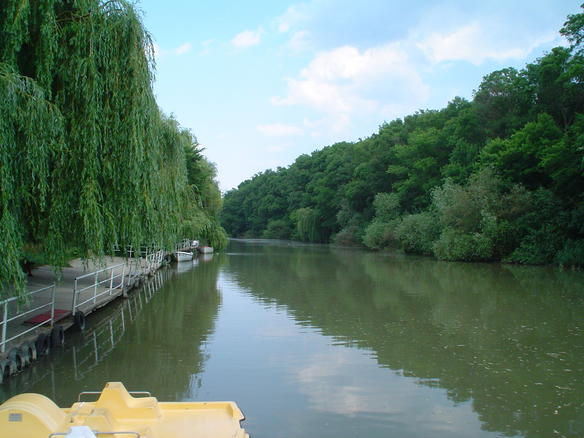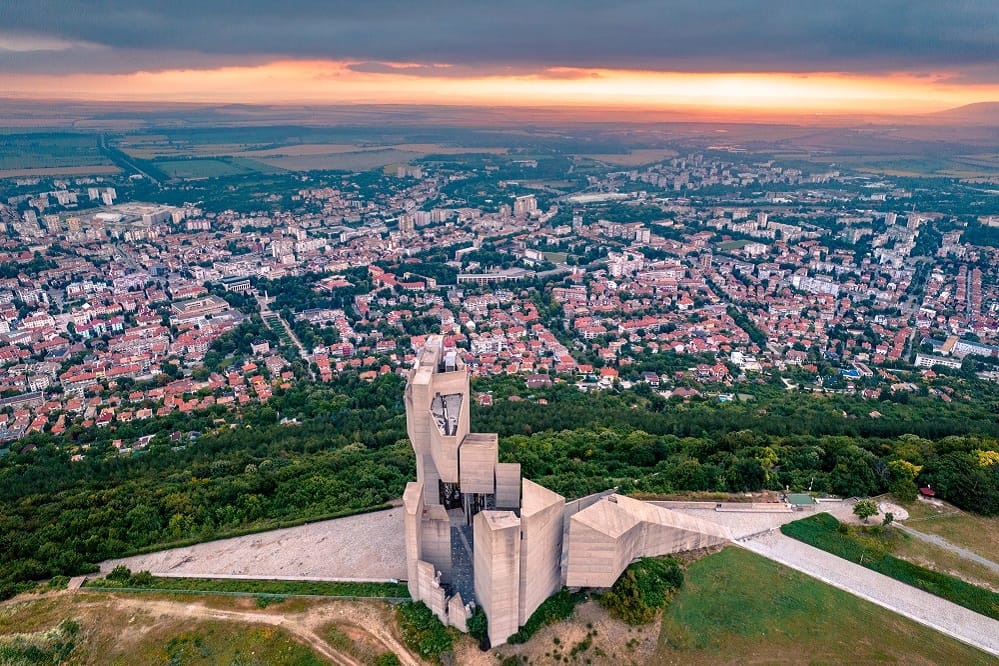
Pliska holds a unique place in Bulgaria’s history. It was the first capital of the First Bulgarian Empire, founded in the 7th century. What remains today are massive stone foundations, long walls, and a striking sense of the past.
Visitors come to walk through the Great Basilica, explore ancient ruins, and feel the echoes of an early medieval civilization. These ruins offer a direct link to Bulgaria’s formative years and continue to attract both history enthusiasts and curious travelers.
The Great Basilica
One of Pliska’s most impressive landmarks is the Great Basilica. It is among the largest early Christian churches in Europe. The scale of the site surprises many first-time visitors.
Its remains include a large courtyard, detailed masonry, and a baptistery. Though much of the structure has crumbled over time, its layout still shows the ambition and architectural knowledge of its builders.
A small museum nearby displays artifacts found during excavations. These items include stone carvings, weapons, and early Christian symbols.
A Peaceful Open-Air Experience
The Pliska archaeological site is spacious and open. This allows visitors to move at their own pace, take photos, and enjoy the quiet atmosphere. Unlike crowded tourist spots, Pliska provides a calm setting for reflection and learning.
There are paths connecting the different parts of the complex, making it easy to navigate. Some sections have been partially restored to show the original scale and layout more clearly.
Getting to Pliska
Pliska is located around 70 kilometers west of Varna, making it a popular day trip option from the coast. The drive takes just over an hour and passes through scenic rural areas.
If you’re staying in Golden Sands or central Varna, renting a car gives you the most flexibility. My Rent a Car offers convenient and affordable car rentals with pick-up points at Varna Airport and in the city.
This makes it easy to visit Pliska as part of a custom road trip through northeastern Bulgaria.
Pliska connecting Past and Present
What makes Pliska especially memorable is the contrast between ancient ruins and modern surroundings. The landscape is mostly flat, with views stretching far in all directions. This only adds to the powerful impression left by the site’s sheer scale.
Though time has worn down many of the original buildings, enough remains to understand the vision of Bulgaria’s early rulers. For many Bulgarians, Pliska is not just a historical site—it’s part of national identity.











